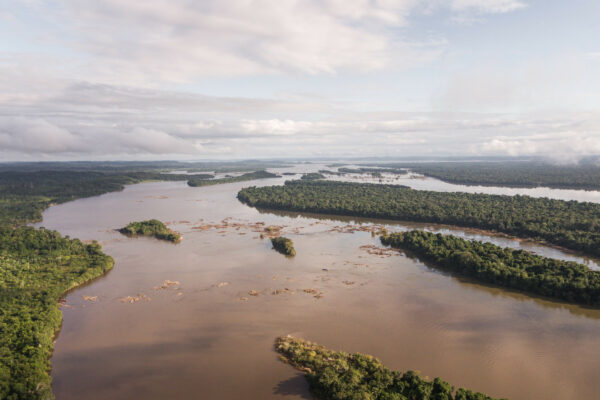There are currently over 60 major hydroelectric dam projects in the Amazon. The third largest project is the Belo Monte on the Xingu River, Brazil, which has already displaced 20,000 indigenous and riverine people. Aaron Vincent Elkaim documents the story of the Munduruku tribe, who are fighting against the industrialisation of this region.
An Indigenous Community’s Battle To Save Their Home in the Amazon – In Pictures


























